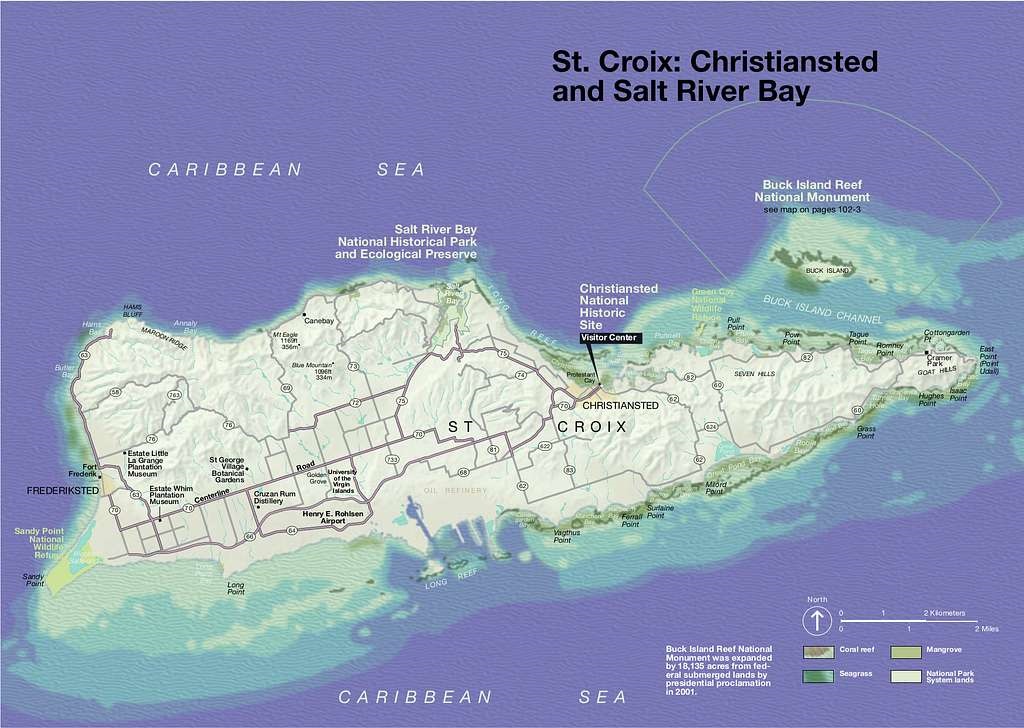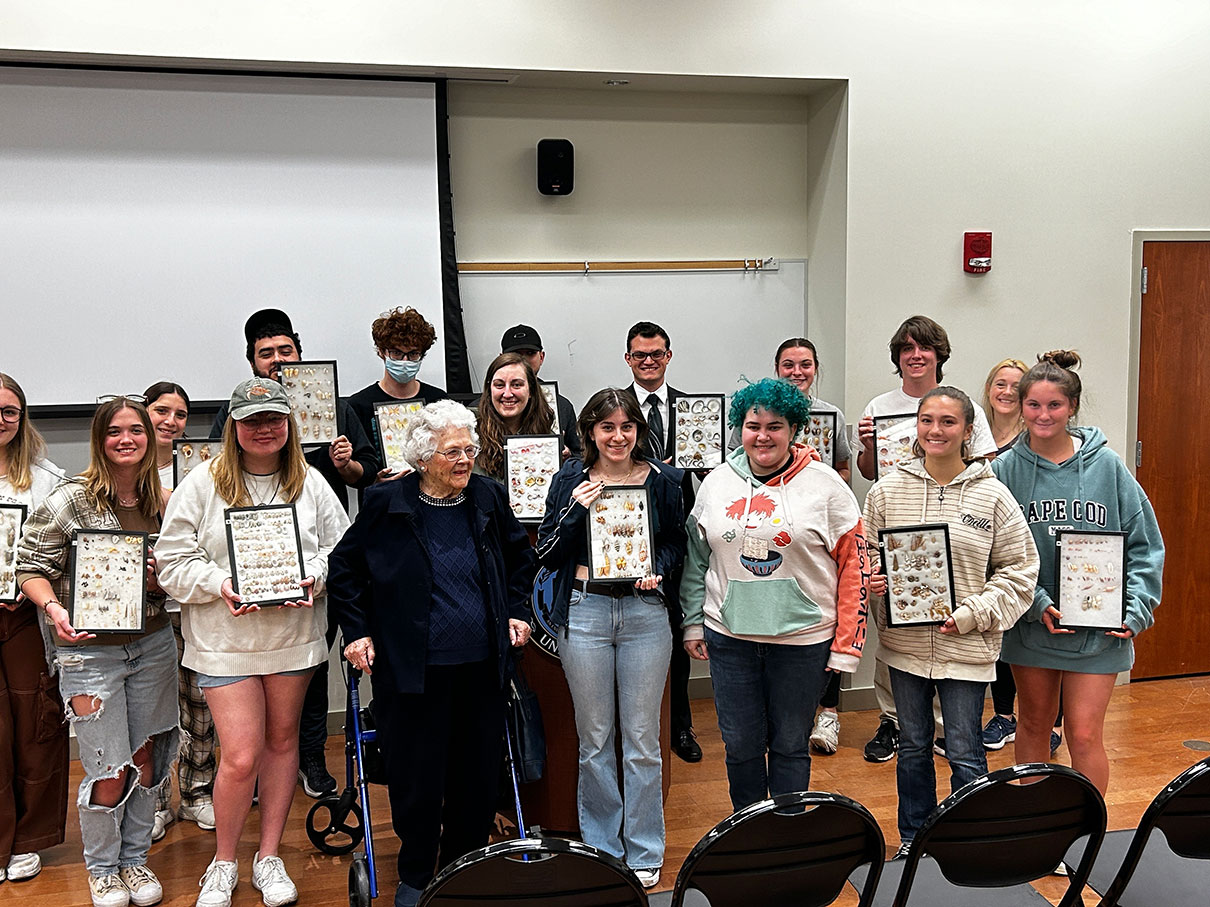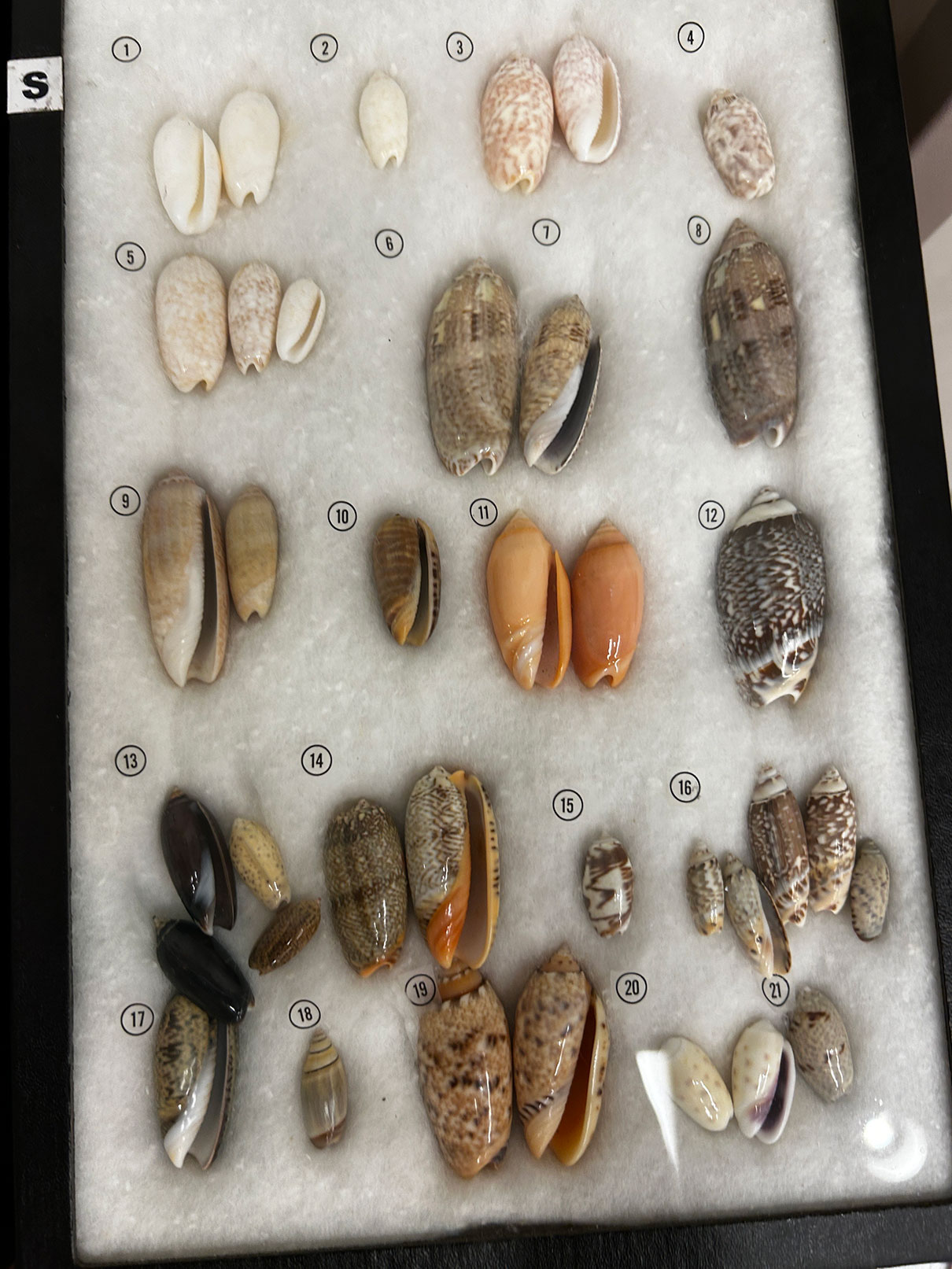Fall 2024 Issue
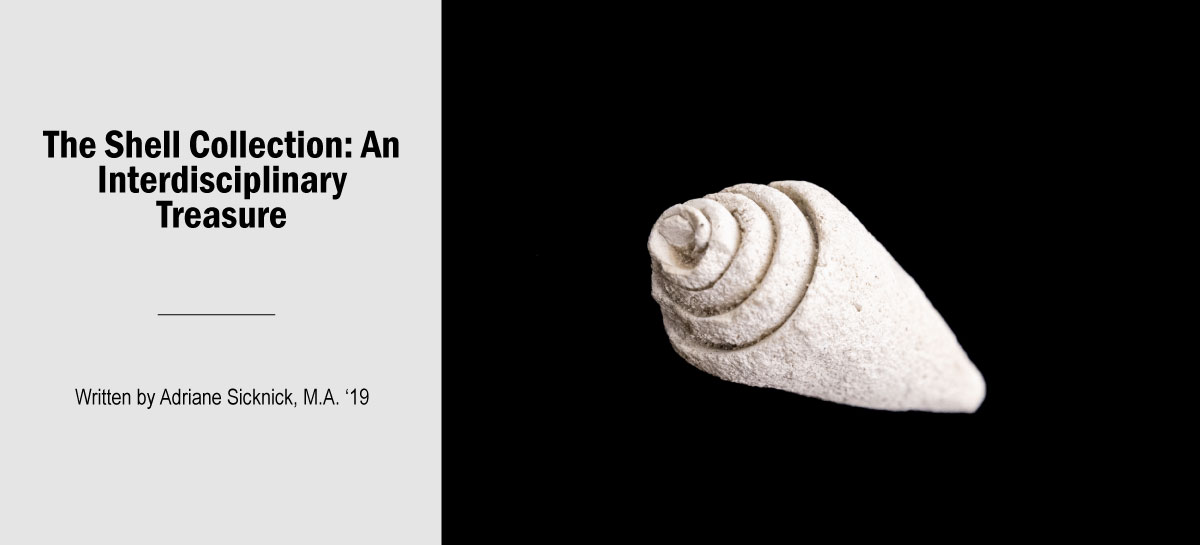
Photo credit: Susan Allen, '09, '14
An American Registry of Radiologic Technologists (ARRT) x-ray technician turned taxonomist
BJ Bingham’s journey into the world of shell collecting started in New Jersey but exploded into a shell collector’s dream when she relocated to St. Croix with her husband after he accepted a position to run a geology research laboratory for Farleigh Dickinson University (FDU).
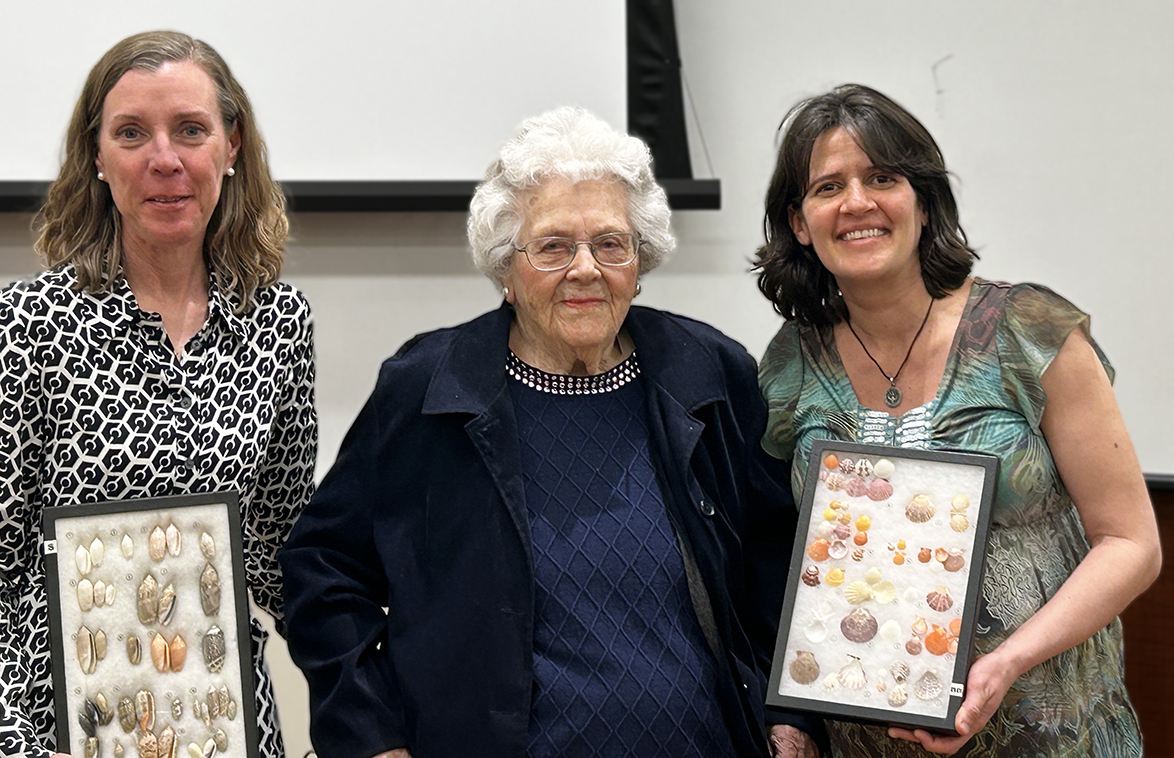
St. Croix is a small, 85-square-mile island paradise set in the Caribbean Sea. During the time of their expatriation on the island around the late ‘70s, early ‘80s, it was relatively small and secluded, with the laboratory and some dorms. She spent countless hours exploring the beaches and underwater estuaries to observe the aquatic life and look for shells and specimens. Over the years, she and her husband would go “down island” to visit the little islands between Puerto Rico and South America to explore where she was able to grow her collection exponentially.
I would often look up and think, ‘Oh my gosh, the sun’s coming up. I have been up all night researching the shells,’” Bingham recalled fondly.
She encouraged the students and faculty in attendance to explore the collection, not just as a curiosity but as a starting point for their research. “I challenge you to check them and make sure I didn’t make a mistake,” she said with a smile, inviting them to engage with her life’s work.
The shell collection is more than just a collection of artifacts; it is a versatile educational tool.
The significant diversity of specimens allows our professors to design specialized laboratory experiences for our students. For example, invertebrate zoology and marine biology courses can use the collection for hands-on learning opportunities that were previously limited due to the number, or lack of, diverse specimens. The variety and quantity of the specimens means students can explore the intricacies of the species’ anatomy, study evolutionary adaptations, and even delve into the morphometrics of the samples to understand the evolution of body shape across species.
Shells can develop different variations, such as spikes, on its walls over the years as they adapt to a predator or through wave activity,” explained Marine Science professor Camilla Alves Souto. “The best way to teach evolution is showing diversity of species, and how these species change through time to adapt to their environment.”
Fostering student zoological research and interdisciplinary experiences beyond its applications in teaching, the collection is a valuable resource for zoological research, which is essential for understanding and preserving animal biodiversity. It provides a hands-on experience to better understand the diversity of shelled molluscs (clams, mussels, snails) and the subtle variations that differentiate species.
While the collection is primarily marine-based, its applications extend beyond marine science. For instance, shells can be used to teach concepts in evolutionary biology, paleontology and even physics. The collection includes fossils, which can be used to explore the geological history of marine environments. The spiral structures of gastropods’ shells could be studied to understand the physical principles behind their formation, providing a bridge between biological form and physical laws. There is also the potential for collaboration with The School of Arts and Humanities (ARHU) and The School of Natural Sciences and Mathematics (NAMS) students to build an exhibit that will be displayed within the USC buildings. This cross-disciplinary approach not only enriches the educational experience but also makes science more accessible and engaging to a broader audience.
A Catalyst for Collaboration
The collection’s value has the potential to attract researchers from other institutions, fostering collaboration and expanding the marine science’s professional network. The presence of such a collection could draw taxonomists, marine biologists, and other researchers, providing opportunities for students to interact with professionals in their field of interest. This interaction could lead to potential internships, collaborative research projects, and even future employment opportunities in museums, environmental agencies, and other scientific institutions.
As the collection is unpacked, cataloged, and eventually integrated into the curriculum over the next several semesters, it will offer students and researchers alike a unique resource for exploration and discovery.
Hear from BJ Bingham about her love of collecting shells.

